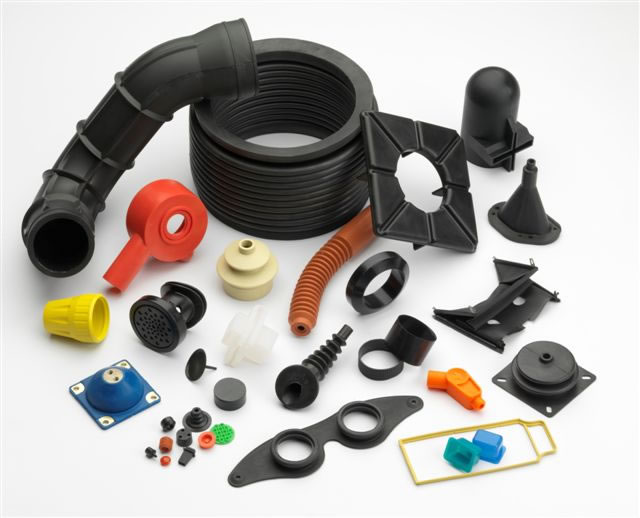The manufacturing process of Synthetic Rubber
Rubber products are in huge demand for various types of automobile industries ranging from tires to gaskets. These products are extensively exploited in the creation of household appliances and industrial machineries. Rubber is a common product that is used to manufacture wide range of articles such as footwear’s and clothing. Rubber is broadly classified into two namely natural and synthetic rubbers.
The Natural Rubber was initially discovered in the Amazon basin. Brazil is the only South American nation who had set a record in production of rubber. The seeds obtained from a rubber tree was illegally transported to Britain and later exported to some of the British colonies in the Asian continent. During the late twentieth century, most of the rubber was produced in Asia which is home to numerous rubber plantations.
The production of Natural Rubber
The Natural Rubber production commences with the cultivation of the rubber trees. The rubber trees should be allowed to grow for a period of about seven years. As soon as the trees have attained a proper level of maturity, it is tapped. The tapping process is executed once in two to three days. A small portion of the bark is chopped to extract the fluid. A specific portion of the bark is healed after a period of seven years. The tree would produce nearly half a cup of latex in a day. The latex collected is allowed to mix with a diluted acid. This process is repeated.
Those who are hunting for an authentic rubber manufacturing company in Pasadena, California, United States of America, Lusida Rubber Products could be their best option.

